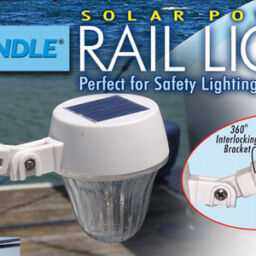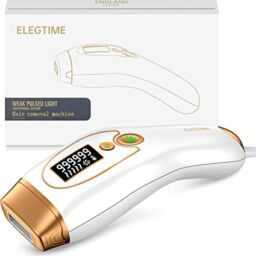Electrical inspection testing is also commonly known in the industry as PAT testing (portable appliance testing). Its purpose is basically to test that electrical appliances are safe to use. PAT testing covers a wide range of electrical products from portable objects with cords such as kettles, toasters and vacuum cleaners to objects which are considered stationary such as fridges and freezers. Fixed electrical objects or appliances which would be considered in regular need of electrical inspection testing might include bathroom towel rails.
Other items deemed non portable includes information technology equipment such as computers, printers, fax machines, photo copiers and telephones.
There are no specific rules which state how often an appliance should be PAT tested. The main reason for this is that for each appliance it depends on the frequency of use and also there is leeway given so that users of an appliance can report problems with it which can then be resolved.
A risk assessment put together in numerical order is also often also used when deciding how often an appliance should be electrically inspected. All objects logically start with a rated of 0. 1 point is added if an appliance has a heating element or an electric motor. 2 points are added if the appliance has a cord. 2 points are also added if the appliance is situated in a wet environment (bathroom for instance) or if the appliance uses water (such as a steam iron of a kettle).
Once an appliance has been assessed as needing inspection, three basic test should be carried out on it – namely earthing checks, insulation testing and normal product functional checks to asses that it is working correctly. Once an appliance has been PAT tested it is important to ensure that a detailed log is kept of any faults found and how they were rectified, included records kept of proof that rectification fixed a found fault. These are necessary as they may be used to determine whether the frequency of an electrical inspection testing of an appliance actually be increased or reduced.
When buying portable appliance testers, there are a large range of products on the market which range in price from 350 to well over 1500. The more expensive ones will of course provide the greatest number of functions including the ability to download information. However all modern PAT testers will be able to perform the earth continuity test sometimes known as the soft test. Most modern PAT testers will be able to perform the earth continuity hard test which ensures that if an appliance is subject to more than its usual voltage (due to corrosion for instance) – the appliance will hold up. The more simple PAT testing equipment will show a simple pass or fail result. While useful, these results give no room for understanding why an appliance might have failed. Other PAT testers do give much more information but the user must of course have a good understanding of the readouts to be able to act upon them.
If budget and knowledge allows, the best PAT testers on the market are those which provide more interpretable data and have the added functionality to allow the user to download. In short a basic rule of thumb should be that to carry out any form of inspection testing the better the equipment the tester is able to afford, the more thorough the test will ultimately be.
AUTOPOST by BEDEWY VISIT GAHZLY


